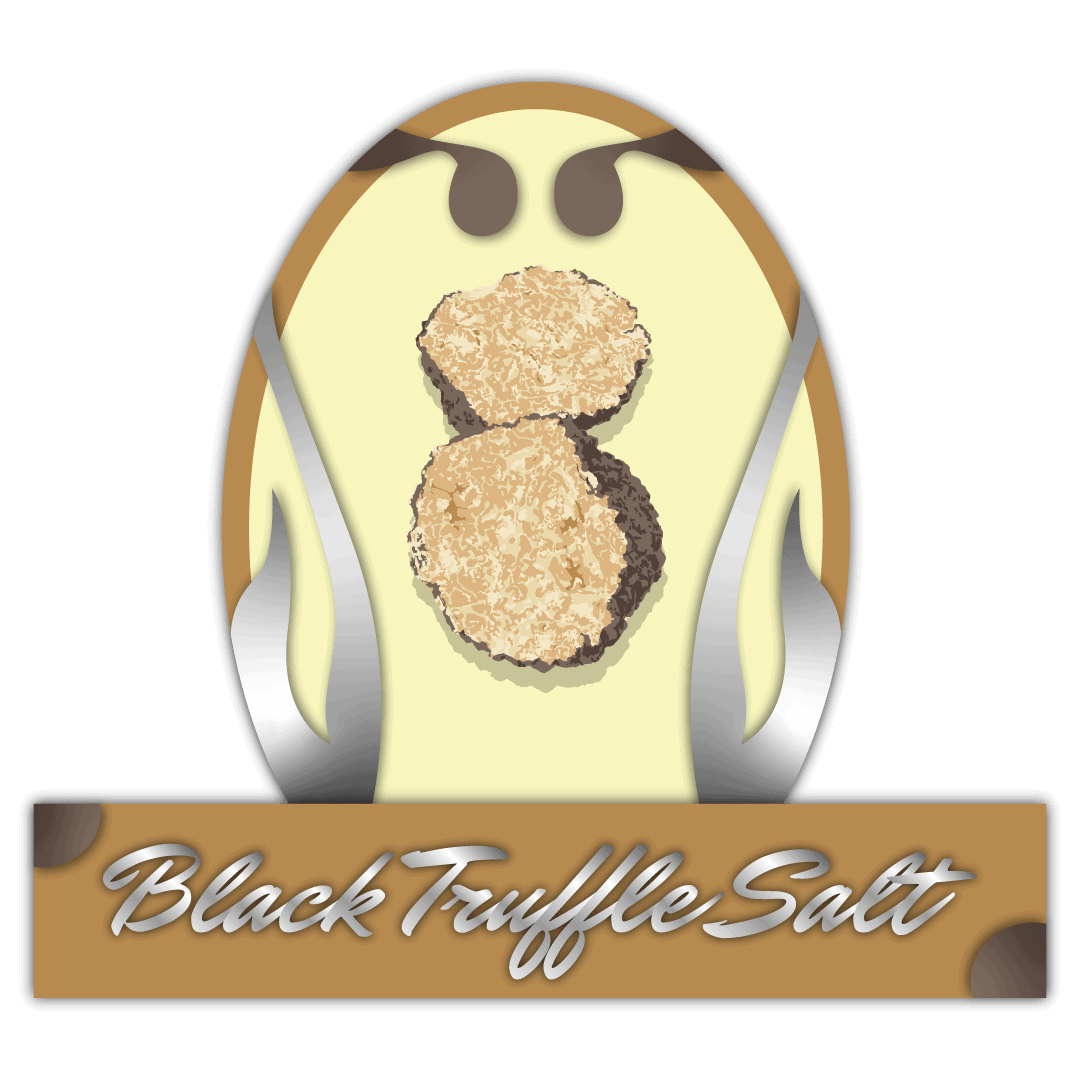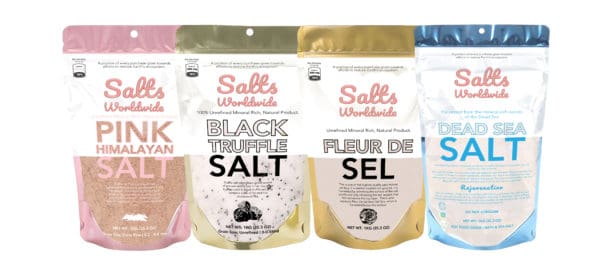When choosing the right salt for your cooking needs, consider the price and purity. There are some obvious differences between Himalayan salt and gray salt. Moreover, it is important to know that the best salt is usually more expensive. In addition to the price, you should also consider the health benefits.
Price difference between cheap and high-quality salt
When it comes to the price of pink Himalayan salt, you have many options. You can purchase it cheaply, or you can spend more and get high-quality salt. The difference between the two varieties lies in the processing and mining process. The latter is usually more expensive. In the meantime, regular table salt is fine, especially if you don’t mind additives.
While the pink Himalayan salt is the most popular, it is expensive compared to the generic table salt. A hundred grams of it costs anywhere from $5 to $8, which is more than double the price of cheap salt. This is primarily due to the marketing. A small packet of high-quality Himalayan salt can cost 20 times more than a single gram of cheap table salt.
Buying high-quality salt is the best way to avoid the lower-quality versions. High-quality salt is made in a way that ensures that the product is of the highest possible quality. This helps maintain its high-quality status and helps the local community earn five to ten times as much as it costs to produce it.
Cheap Himalayan salt will not have the same health benefits as high-quality salt. Its price will depend on the amount of additives and manufacturing processes that are used in its production. Some cheap salts contain iodine, which can make them taste bitter and sour.
High-quality Himalayan salt is worth the extra money. Its crystalline structure and particle size make it easy for it to absorb into cells. It also supports the body’s water retention and cellular communication. The negative ions produced by the salt lamps are claimed to relieve mild depression.
Health benefits
Himalayan salt is a natural supplement that has been proven to have health benefits. It contains 84 essential trace elements and is more nutritious than regular table salt. The salt comes from the foothills of the Himalayas and is hand-mined. It has many health benefits and is a better choice for people with a variety of health issues.
One of the benefits of Himalayan salt for health is its anti-inflammatory and anti-bacterial properties. It also helps reduce fat accumulation. It also reduces the swelling caused by throat infections and soothes throat pain. It can also help relieve muscle and soft tissue cramps.
Pink Himalayan salt does not have any artificial ingredients and is unrefined. This means that it contains more minerals and is free of additives. It is a better choice for people who are trying to avoid processed foods or want to avoid artificial ingredients in their diets.
If you want to reap the health benefits of Himalayan salt, you should choose a brand that is certified organic. This salt is made by using the natural minerals that are found in Himalayan mountain streams. It is Kosher certified and comes in a convenient pouch. It contains 42 tablespoons and should last you at least a month.
Another health benefit of Himalayan salt is its ability to help people sleep. Research shows that the mineral content in the salt helps people get a sound night’s sleep.
Price difference between Soeos and Himalayan salt
Soeos and Himalayan salts are both made from rock salts sourced from the foothills of the Himalayas. These salts contain 98% sodium chloride and are similar to table salt in chemical composition. The difference between them lies in the mining process. The salts are typically sold at a higher price than table salt because they contain more minerals.
There are some key differences between Soeos and Himalayan pink salts. While both are crystalline salts, Himalayan salts are softer. A softer flavor means you don’t have to season your dishes as much. Soeos salts are often less expensive than Himalayan salts.
Himalayan pink salt comes from the Himalayan Mountains in Asia and is sourced in Pakistan. The pink color comes from trace minerals in the salt, which are responsible for its rosy color. Soeos salts are a bit harder to find, but they’re still worth shopping for.
Soeos salts are slightly sweeter than Himalayan salts, and are used for cooking. Soeos is often tinted pink, and it can be used as a food additive. It’s often used as a spa treatment and is also popular as a decorative lamp.
Lead content
A recent study conducted by Australian researchers has found that Himalayan salts contain higher levels of lead and other heavy metals than standard allowable levels for naturally occurring minerals. It also found that Peruvian pink salt contained levels of lead above the government’s limit. While all salts contain sodium chloride, the source of the salt affects the level of heavy metals in the final product.
Using salt that contains high levels of lead can be harmful to the body. Lead is toxic, so the higher the lead content, the more serious the consequences. Flint, Michigan, suffered a water crisis in 2014 when its residents discovered a high level of lead in their tap water. Lead content in water should be zero or less than 5 parts per billion. Anything over 100 parts per billion is poisonous.
Lead levels are lower than average for most natural mineral supplements, which is good news for health-conscious consumers. Lead concentrations are usually less than five micrograms in a daily diet for a 150-pound person who drinks about 75 oz of water. Meanwhile, a person who consumes six grams of salt per day would only be exposed to 1 microgram of lead. This is lower than the FDA’s Provisional Total Daily Intake for adults, children, and pregnant women.
While the benefits of pink salt for your health are not fully understood, some experts believe it may have benefits for certain individuals. A recent study published in the Journal of Food Science and Technology showed that a few gourmet varieties contain high levels of lead. One sample, which was from Peru, contained 130 times more lead than white table salt. Also, other pink salts contained large amounts of mercury, cadmium, and aluminum. While these are not toxic in small amounts, they are harmful for long-term consumption.


Recent Comments